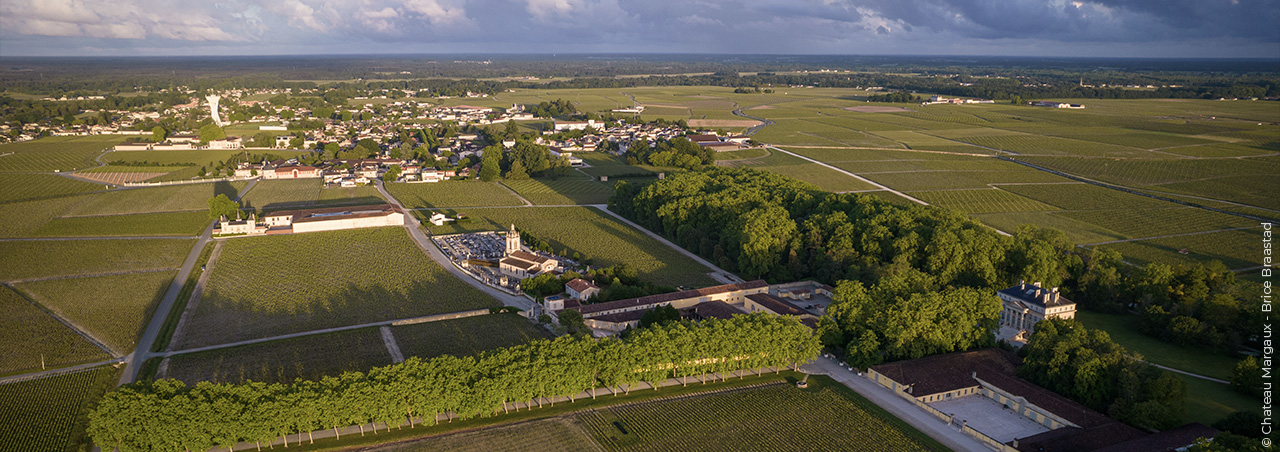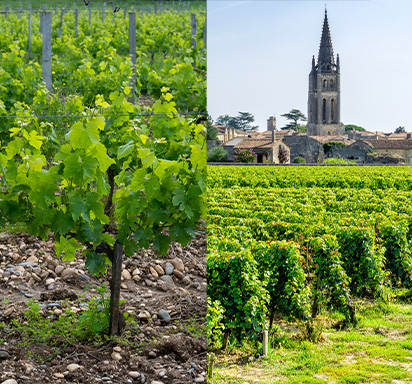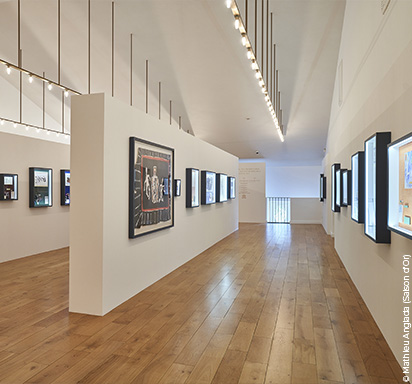Where Is Château Margaux? Exploring Bordeaux’s Wine Region

Discover the exact location of Château Margaux, nestled in the prestigious Médoc region of Bordeaux, France. Learn how the estate's unique terroir and surroundings contribute to its reputation as a world-class wine producer.
Where is Château Margaux?
Discovering the Location of Château Margaux: A Journey to Bordeaux’s Wine Heartland
Château Margaux is a name synonymous with excellence in the world of wine, and its location plays a crucial role in the quality and character of its wines. Situated in the heart of the Bordeaux wine region, Château Margaux’s unique terroir is one of the key factors that contribute to the estate’s reputation for producing some of the finest wines in the world. This article will take you on a journey to discover exactly where Château Margaux is located, exploring the geographic, climatic, and historical significance of this prestigious wine estate.
Geographic Location: The Heart of Médoc: Château Margaux’s Geographic Position
Château Margaux is located in the Médoc region on the Left Bank of the Gironde estuary in Bordeaux, France. The Médoc is one of the most renowned wine-producing areas in the world, famous for its gravelly soils that are ideal for growing Cabernet Sauvignon, Merlot, and other classic Bordeaux grape varieties. The estate itself is situated in the commune of Margaux-Cantenac, which is about 25 kilometers (approximately 16 miles) north of the city of Bordeaux.
The Médoc region is divided into several appellations, with Margaux being one of the most prestigious. The appellation of Margaux is known for producing wines that are elegant, complex, and capable of aging gracefully for decades. Château Margaux is the most famous estate in this appellation, and its wines are considered the epitome of Margaux’s style.
Understanding the Terroir of Château Margaux: A Unique Combination of Soil and Climate
The terroir of Château Margaux is a critical factor in the estate’s ability to produce world-class wines. The term “terroir” refers to the combination of soil, climate, and topography that influences the characteristics of the wine produced in a particular area. At Château Margaux, the terroir is exceptional, providing the perfect conditions for growing high-quality grapes.
The soils of Château Margaux are predominantly gravel, mixed with clay and sand. This gravelly soil is well-drained, which is essential for growing Cabernet Sauvignon, the dominant grape variety in the estate’s wines. The gravel helps to retain heat, which aids in the ripening of the grapes, while the clay and sand provide a balance of water retention and drainage, ensuring that the vines are neither too dry nor too wet.
The climate in the Médoc region is maritime, influenced by the nearby Atlantic Ocean and the Gironde estuary. This climate provides moderate temperatures and sufficient rainfall, which are ideal for vine growth. The proximity to the ocean also helps to protect the vines from extreme weather conditions, such as frost in the spring and excessive heat in the summer. These climatic factors, combined with the unique soil composition, create a terroir that allows Château Margaux to produce wines with exceptional balance, depth, and complexity.
Exploring Château Margaux: The Estate’s Layout and Surroundings
Château Margaux is not just a vineyard; it is a vast estate that encompasses approximately 650 acres (265 hectares) of land. Of this, about 200 acres (82 hectares) are planted with vines. The estate is divided into several vineyard plots, each with its own unique characteristics that contribute to the complexity of the wines.
The vineyards are planted primarily with Cabernet Sauvignon, which makes up about 75% of the estate’s vines. The remaining vineyards are planted with Merlot (20%), Petit Verdot (3%), and Cabernet Franc (2%). This blend of grape varieties is typical of the Bordeaux style and allows Château Margaux to produce wines with a perfect balance of fruit, structure, and elegance.
The neoclassical château, designed by the architect Louis Combes in the early 19th century, is one of the most iconic buildings in Bordeaux. The château is surrounded by beautiful gardens and parkland, adding to the estate’s charm and grandeur. In addition to the vineyards and château, the estate also includes state-of-the-art winemaking facilities, cellars, and a tasting room, all designed to maintain the highest standards of quality and tradition.
Nearby Attractions: What to See Around Château Margaux: Exploring the Bordeaux Wine Region
For those fortunate enough to visit Château Margaux, the surrounding Bordeaux region offers a wealth of attractions and activities. The city of Bordeaux itself is a UNESCO World Heritage site, known for its stunning architecture, vibrant cultural scene, and world-class dining. Visitors can explore the historic city center, stroll along the Garonne River, and visit the many museums and galleries that showcase Bordeaux’s rich history and culture.
Château Margaux: A Jewel in Bordeaux’s Crown
Château Margaux’s location in the Médoc region of Bordeaux is integral to its status as one of the world’s most esteemed wine estates. The unique terroir, combined with the estate’s rich history and commitment to excellence, has made Château Margaux a symbol of luxury and quality in the wine world. Whether you are exploring the region in person or simply enjoying a glass of Château Margaux at home, you are experiencing a piece of Bordeaux’s heritage and tradition. The estate’s location, terroir, and surroundings all contribute to the magic that makes Château Margaux one of the finest wines in the world.
You may like
Explore Château Lafite-Rothschild, an icon of Pauillac and a symbol of Bordeaux perfection. From its 17th-century roots to its refined terroir, learn how this Premier Grand Cru continues to define fine wine excellence.
10/7/2025Chateau Angelus, one of Saint-Emilion’s top Premier Grand Cru Classe A estates, offers exceptional Bordeaux wines from organic vineyards, rich history, and a legacy of family winemaking excellence.
10/6/2025The exceptional concentration of top-tier wineries and renowned appellations has long made Bordeaux a place of longing for fine wine enthusiasts and discerning hedonists around the world.
4/18/2025During his recent visit to Bordeaux, the famous American wine critic, James Suckling, toured the vineyards to rediscover the 2022 vintage: discover James Suckling's new ratings in this article!
2/19/2025Explore the finest vintages of Château Mouton Rothschild, from the legendary 1945 to the acclaimed 2018. This guide offers insights into what makes each vintage unique, perfect for collectors, investors, and wine enthusiasts.
12/20/2024Château Mouton Rothschild’s wine labels include designs by famous artists such as Warhol and Dalí. This tradition, started in 1945, celebrates the harmony of fine wine and fine art, making each bottle a collector’s treasure.
12/18/2024












